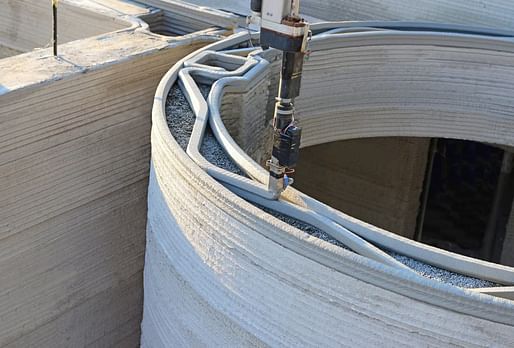

While the government has doled out grant money to research 3D printing capabilities in space, and several proof-of-concept projects from bridges to Army barracks have garnered headlines, the applied use of 3D printing in commercial construction remains nascent.
Patti Harburg-Petrich, principal in the Los Angeles office of U.K.-based engineering firm Buro Happold, says the real culprit is likely one that all new building innovations are forced to navigate: the building code itself.
— Construction Dive
Harburg-Petrich pointed to the limitations of rebar on a recent design-build she advised at Woodbury University as evidence of the negative influence of building code restrictions, even in research and development. She also predicted airport design to be a potential growth sector and said the technology could perhaps be better applied to individual project components like (mechanical, electrical, and plumbing) MEPs as it currently stands.
“If you can take advantage of industrialized construction and still be able to produce something that is bespoke, that leads toward a much faster pace of adoption,” she told Construction Dive. “If you can do something with less material, or put the pieces together faster, there are all kinds of cost savings right there, and all sorts of non-monetary benefits as well. “
No Comments
Block this user
Are you sure you want to block this user and hide all related comments throughout the site?
Archinect
This is your first comment on Archinect. Your comment will be visible once approved.